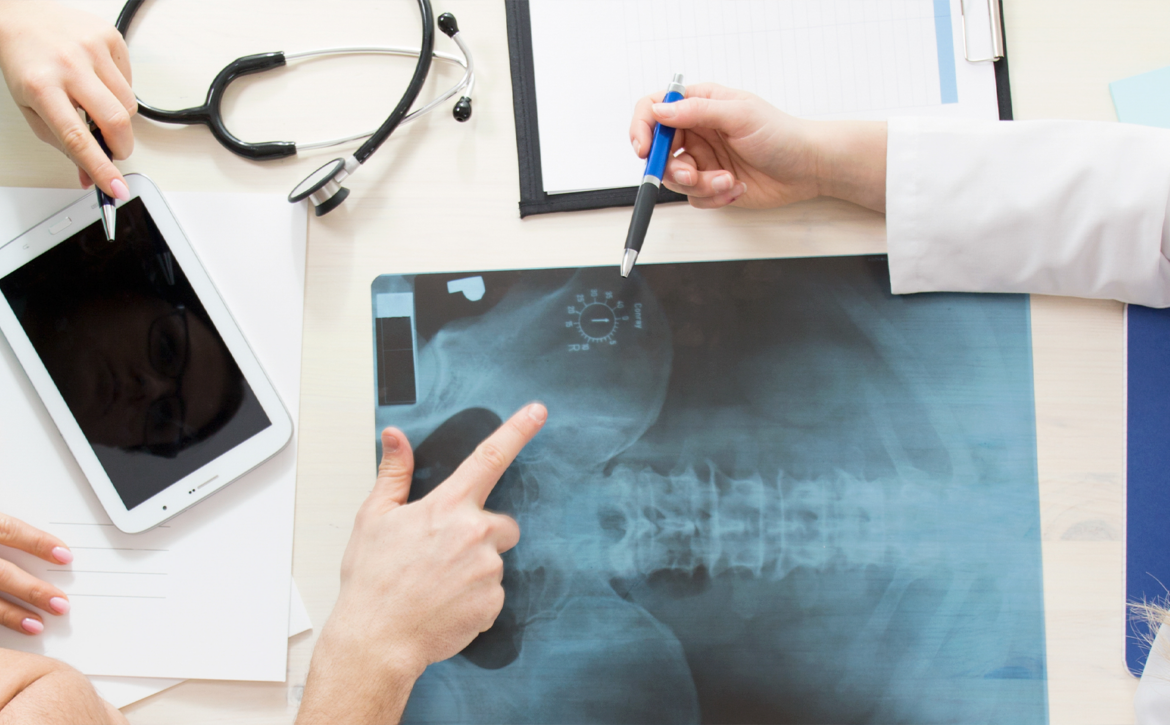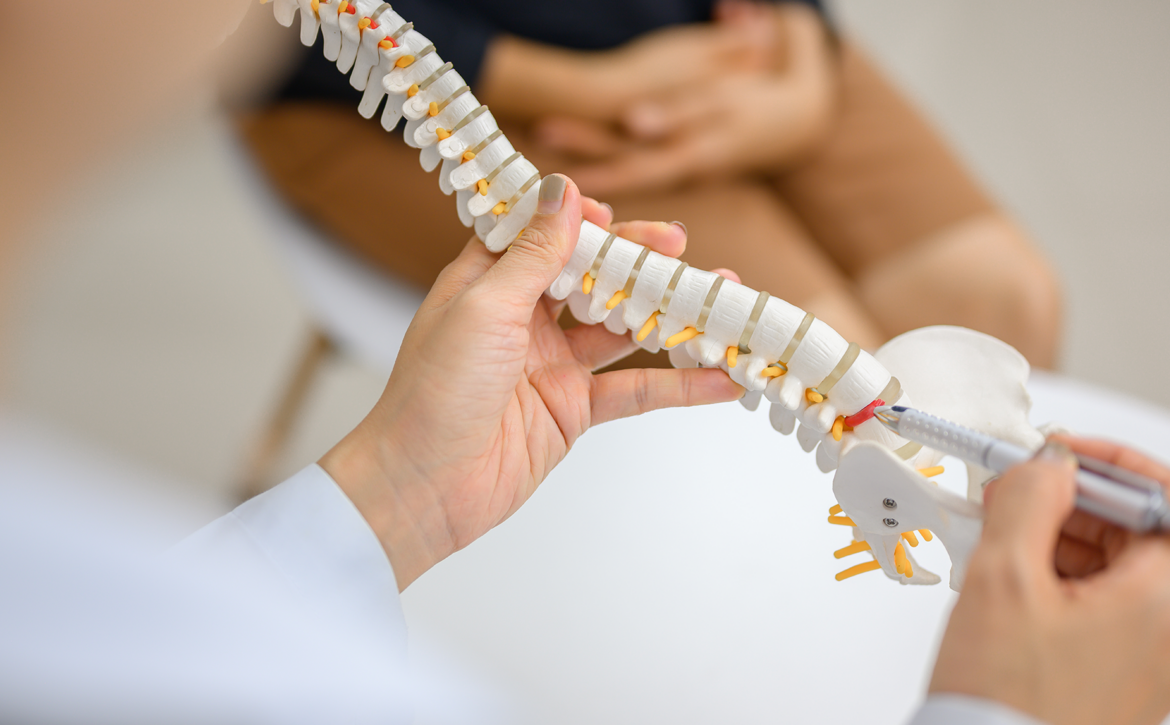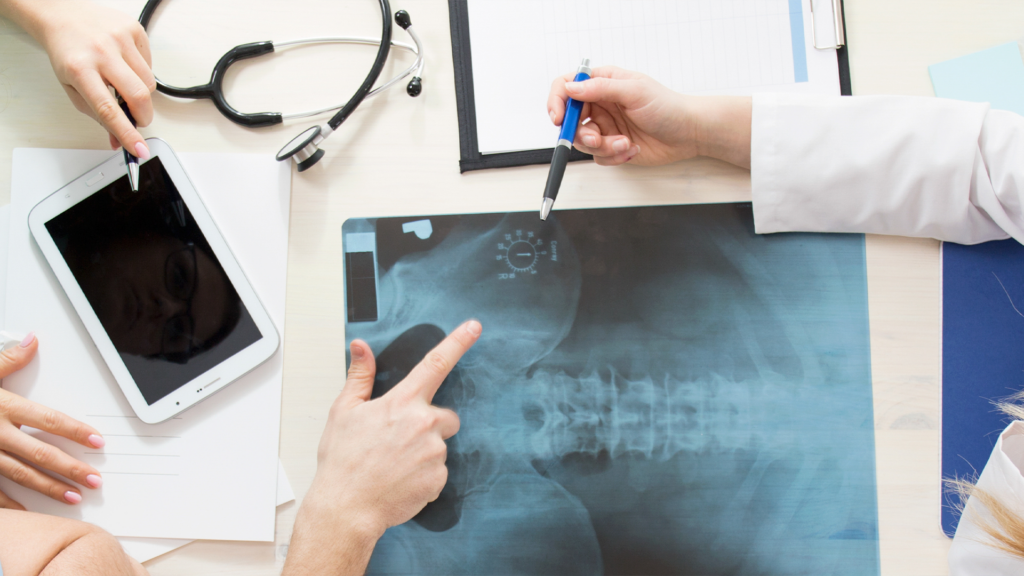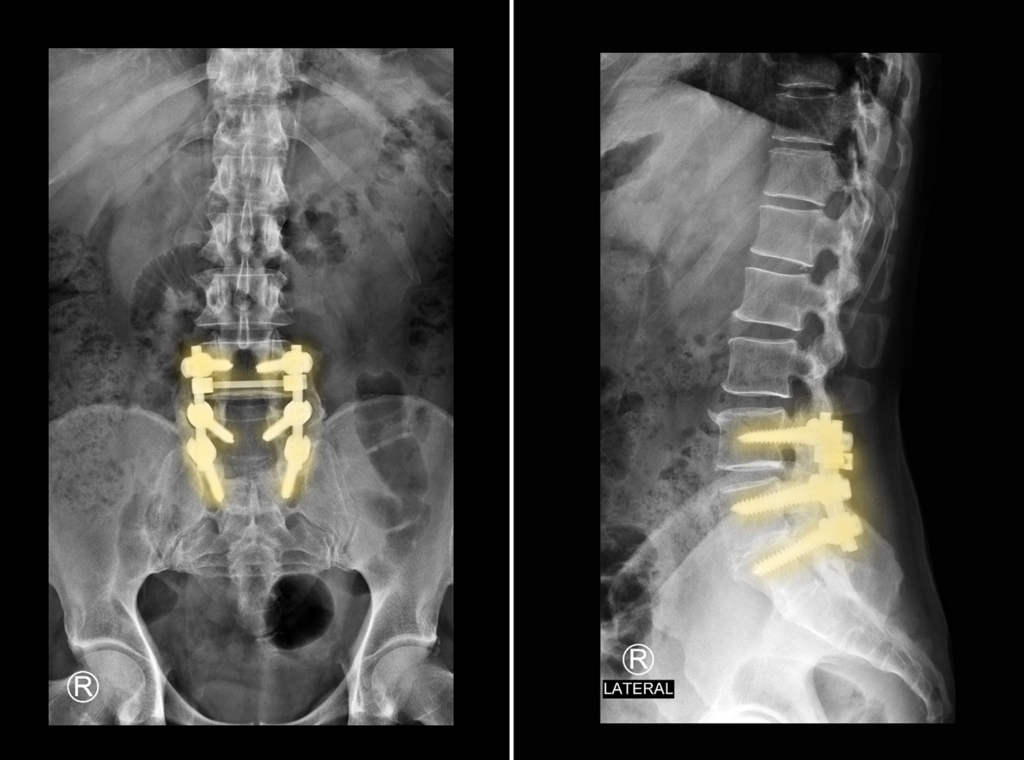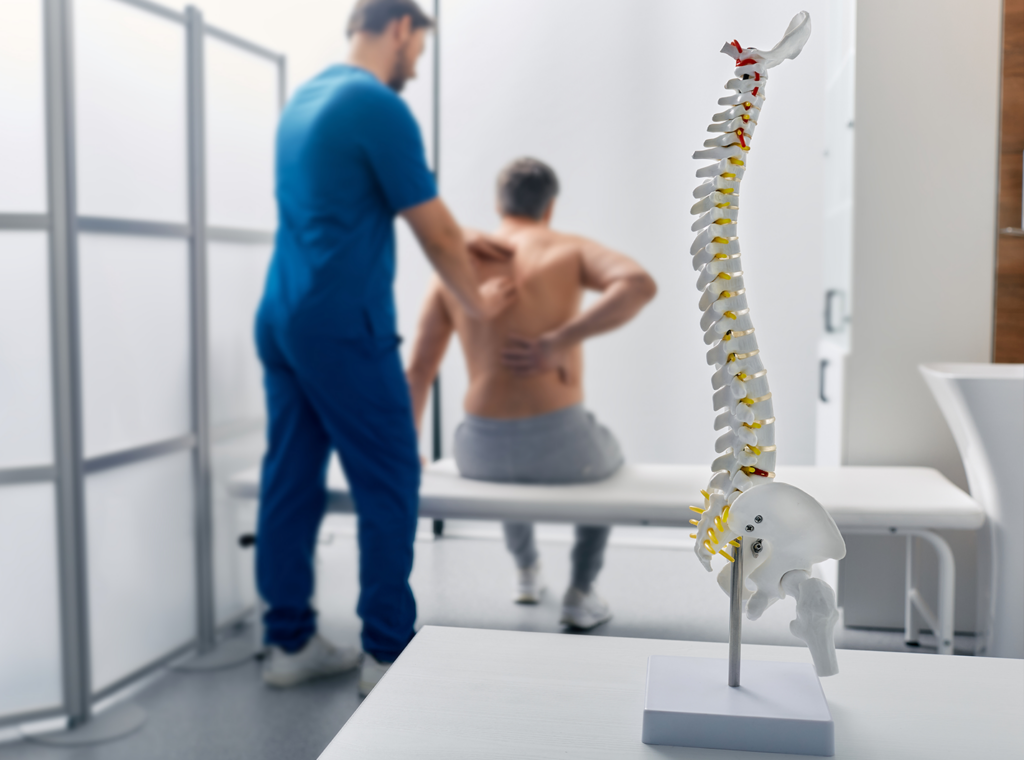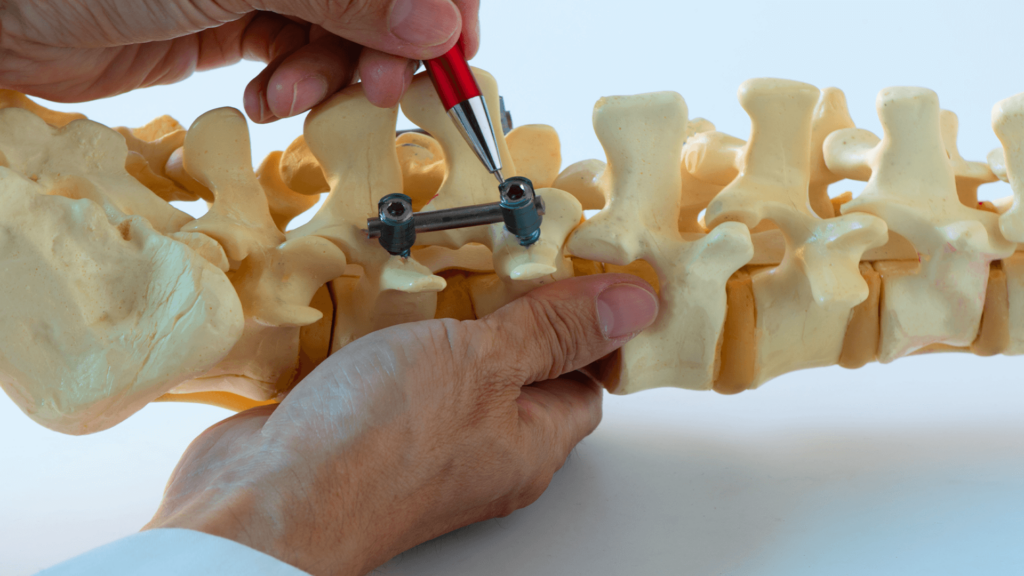Exploring Orthopedic Surgery
Orthopedic surgery is a specialized branch of medicine focusing on the diagnosis, treatment, prevention, and rehabilitation of conditions affecting the musculoskeletal system. This system includes bones, joints, ligaments, tendons, and muscles. Orthopedic surgeons, such as Dr. Brian K Rich, utilize both surgical and nonsurgical methods to address various issues, including musculoskeletal trauma, spine diseases, sports injuries, degenerative diseases, infections, tumors, and congenital disorders. The ultimate goal of orthopedic surgery is not only to restore function but also to alleviate pain, especially in patients who have not found relief through other treatments. In this blog post, we will delve into the various facets of orthopedic surgery, providing valuable insights for anyone considering this treatment option.
Understanding Orthopedic Surgery

Orthopedic surgery encompasses a wide range of procedures aimed at correcting problems that affect the bones, joints, ligaments, tendons, and muscles. While many people associate orthopedic surgery with the treatment of severe injuries and arthritis, it also includes procedures and treatments for congenital conditions, issues that arise from aging, and injuries sustained during sports activities. The advancements in this field, particularly as practiced by surgeons like Dr. Brian K Rich, have allowed for tailored treatments that focus on maximizing the quality of life and minimizing pain and disability.
Common Orthopedic Procedures
Orthopedic surgery includes a variety of procedures, from minimally invasive arthroscopic surgeries to complex spine surgery and joint replacements. Here are some of the most common procedures:
-
Total Joint Replacement
Total joint replacement is a procedure where an arthritic or damaged joint is removed and replaced with an artificial joint called a prosthesis. This surgery is often required for severe joint pain and dysfunction. The results can be life-changing, as patients typically experience significant pain relief and improved mobility.
-
Arthroscopy
Arthroscopy is a technique that uses special cameras and equipment to visualize, diagnose, and treat problems inside a joint. The minimal invasiveness of this procedure allows for quicker recovery times and less discomfort compared to traditional open surgery. It is commonly used to treat conditions like torn cartilage, ligament injuries, and joint inflammation.
-
Fracture Repair
Orthopedic surgeons are skilled in repairing bone fractures to ensure the bones heal in the correct position. This often involves the use of pins, plates, or screws to stabilize the broken bones. Proper fracture repair is crucial for restoring function and preventing future complications.
-
Spinal Surgery
Spinal surgeries, such as spinal fusion and laminectomy, are used to treat severe cases of back pain or deformities. Spinal fusion involves joining two or more vertebrae to eliminate movement between them, which can reduce pain from conditions like degenerative disc disease. Laminectomy involves removing part of the vertebra to relieve pressure on the spinal cord or nerves.
The Role of Technology in Orthopedic Surgery
Technological advancements have revolutionized orthopedic procedures, making them safer and more effective. Precision tools like robotic-assisted surgery allow surgeons to perform less invasive procedures with greater accuracy. These tools help in precise placement of implants and minimal disruption of surrounding tissues, leading to faster recovery times and better outcomes. Imaging technologies such as CT scans and MRI play a crucial role in the accurate diagnosis of musculoskeletal issues and guide the surgical process. These imaging techniques provide detailed views of the affected areas, enabling surgeons to plan and execute surgeries with high precision. Additionally, advancements in materials science have led to the development of better prosthetic joints and fixation devices. Modern prosthetics are more durable and closely mimic the natural movement of joints, significantly improving the quality of life for patients.

Recovery and Rehabilitation
Recovery from orthopedic surgery can vary depending on the procedure and the individual patient. However, it typically involves a combination of physical therapy, pain management, and incremental increases in physical activity. Rehabilitation is crucial as it helps to strengthen the muscles around the affected area, improve joint mobility, and prevent future injuries.
-
Physical Therapy
Physical therapy is often a key component of the recovery process. It involves exercises and techniques designed to restore strength, flexibility, and function. A physical therapist will create a customized rehabilitation plan based on the patient’s specific needs and progress
-
Pain Management
Pain management is another critical aspect of recovery. Effective pain control helps patients engage more fully in their rehabilitation exercises and improves overall recovery outcomes. Pain management strategies may include medications, nerve blocks, or alternative therapies such as acupuncture.
-
Incremental Activity
Gradually increasing physical activity is important to avoid overloading the healing tissues while promoting their strength and flexibility. Patients are typically advised to follow a structured activity plan, gradually increasing the intensity and duration of exercises as their condition improves.
Your Treatment Awaits.
Orthopedic surgery plays a vital role in addressing a wide range of musculoskeletal conditions. From common procedures like joint replacements and arthroscopy to complex spinal surgeries, the field continues to evolve with technological advancements that improve patient outcomes and recovery times. Surgeons like Dr. Brian K Rich are at the forefront of these innovations, offering tailored treatments that enhance the quality of life for their patients. If you are considering orthopedic surgery, understanding these procedures and the recovery process can help you make an informed decision and prepare for a successful outcome.

